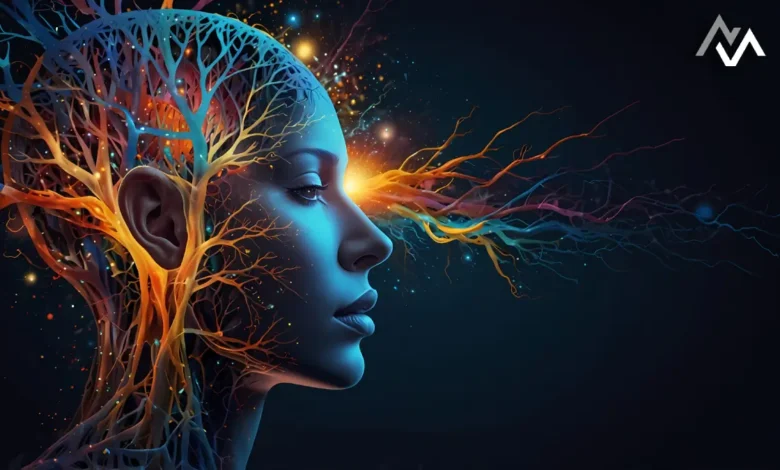Unlocking the Unconscious: Carl Jung’s Path to Self-Discovery

Swiss psychiatrist Carl Jung delved into the depths of the human psyche, introducing concepts that illuminate the hidden facets of our minds. By understanding Jung’s theories on the unconscious, archetypes, and dreams, we can embark on a transformative journey toward self-awareness and personal growth.
The Structure of the Psyche: Consciousness and Beyond
Jung’s model of the psyche comprises three layers:
- Conscious Mind: This encompasses our immediate thoughts, feelings, and perceptions. It’s the active awareness we experience daily.
- Personal Unconscious: A reservoir of memories and experiences unique to each individual, including those that are forgotten or repressed. This layer influences behaviors and reactions, often without our conscious realization.
- Collective Unconscious: A deeper, shared level of the psyche containing universal symbols and archetypes inherited across generations. These archetypes manifest in myths, dreams, and cultural narratives worldwide.
Archetypes: Universal Symbols Within Us
Archetypes are innate, universal symbols residing in the collective unconscious. They shape human experiences and behaviors, influencing how we perceive and interact with the world. Key archetypes include:
- The Self: Represents the unified psyche, striving for harmony between the conscious and unconscious.
- The Shadow: Embodies the repressed, often darker aspects of our personality. Confronting the Shadow is essential for personal growth.
- The Anima/Animus: The inner feminine side in men (Anima) and the inner masculine side in women (Animus), reflecting the integration of opposite gender qualities.
- The Persona: The social mask we wear, shaped by societal expectations and norms. While it facilitates interaction, over-identification can lead to a loss of authentic self.
Dreams: The Royal Road to the Unconscious
Jung viewed dreams as direct communications from the unconscious, offering insights into unresolved issues and guiding personal development. By analyzing dreams, individuals can uncover hidden emotions, desires, and potential paths forward.
Techniques to Access the Unconscious
Engaging with the unconscious fosters self-awareness and psychological well-being. Jung proposed several methods to facilitate this exploration:
- Active Imagination: A meditative practice where individuals consciously engage with the images and narratives emerging from the unconscious, allowing for dialogue and integration.
- Shadow Work: Involves acknowledging and integrating the Shadow aspects of the personality, leading to a more authentic and whole self.
- Symbolic Analysis: Interpreting symbols in art, literature, and daily life to gain insights into unconscious motivations and conflicts.
Synchronicity: Meaningful Coincidences
Jung introduced the concept of synchronicity to describe events that are meaningfully related yet lack a causal connection. These occurrences often reveal underlying patterns in the unconscious, guiding individuals toward greater self-understanding.
The Journey of Individuation
Central to Jung’s philosophy is the process of individuation—the journey toward becoming one’s true self. This involves integrating various aspects of the psyche, including the conscious and unconscious, leading to a harmonious and fulfilled existence.
Embracing the Unconscious for Personal Growth
By delving into the depths of the unconscious, individuals can unlock profound insights into their behaviors, motivations, and desires. Jung’s theories provide a roadmap for this inner exploration, encouraging a balanced and authentic life.




